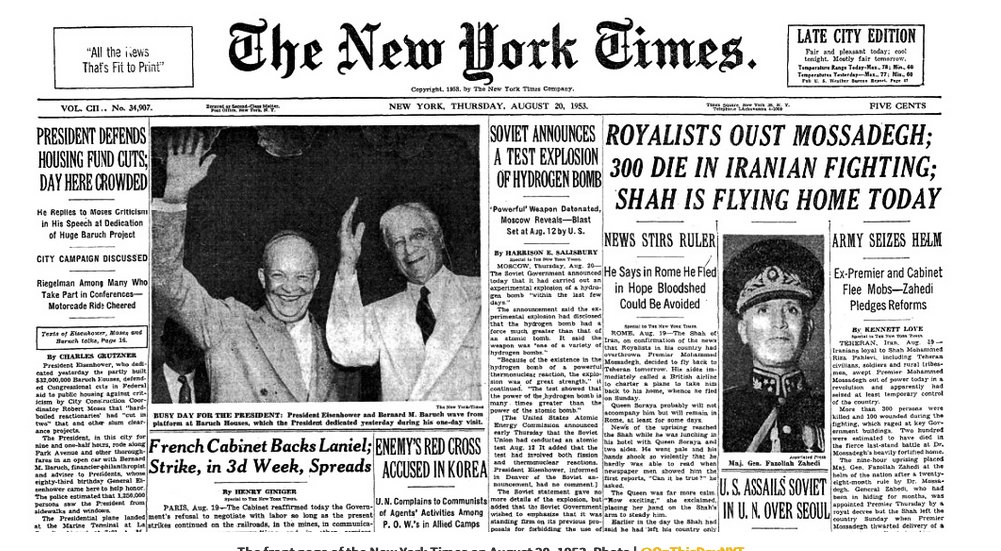The most recent wave of anti-Indian violence is made to look like self-defense. The interior minister Arturo Murillo, appointed by Áñez,
Although the legislative body approved new elections, the decision comes with serious compromises and little promise of diminishing Áñez’s grip on power. In short, the outlook of “free and fair elections”
Indeed, a brutal dictatorship reigns.





